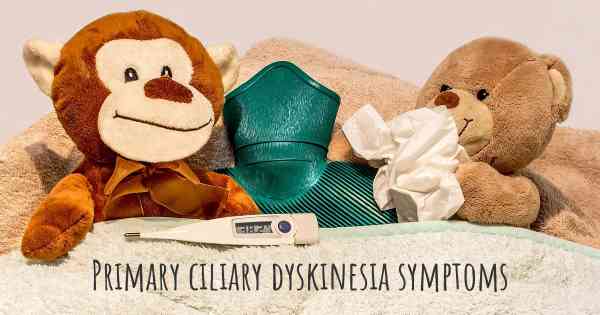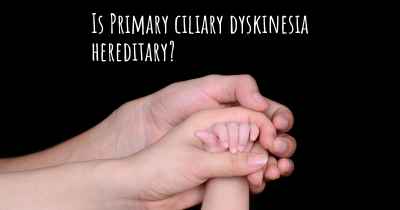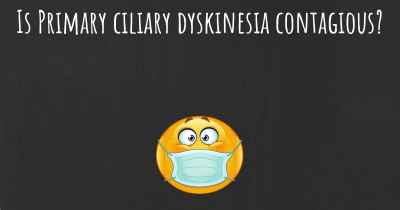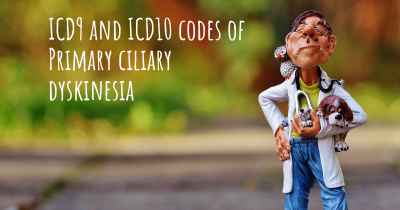Which are the symptoms of Primary ciliary dyskinesia?
See the worst symptoms of affected by Primary ciliary dyskinesia here

Symptoms of Primary Ciliary Dyskinesia (PCD)
Primary Ciliary Dyskinesia (PCD) is a rare genetic disorder that affects the function of cilia, which are tiny hair-like structures found on the surface of cells in various parts of the body. These cilia play a crucial role in moving mucus, bacteria, and other substances out of the respiratory tract, reproductive system, and other organs. When cilia are not functioning properly, it can lead to a range of symptoms and complications.
Respiratory Symptoms:
One of the most common and prominent symptoms of PCD is chronic respiratory problems. These may include:
- Chronic coughing
- Excessive production of mucus
- Recurrent respiratory infections, such as sinusitis, bronchitis, and pneumonia
- Wheezing or shortness of breath
- Difficulty clearing mucus from the airways
Ear, Nose, and Throat Symptoms:
PCD can also affect the ear, nose, and throat, leading to symptoms such as:
- Chronic or recurrent ear infections
- Fluid accumulation in the middle ear
- Nasal congestion or chronic sinus infections
- Impaired sense of smell
- Recurrent sore throat or tonsillitis
Reproductive Symptoms:
In males, PCD can cause infertility due to abnormal sperm motility. In females, it may lead to fertility issues and recurrent miscarriages. Other reproductive symptoms may include:
- Delayed puberty
- Irregular or absent menstrual periods
- Difficulty getting pregnant
Other Symptoms:
PCD can also affect other parts of the body, resulting in additional symptoms such as:
- Situs inversus: A condition where the organs in the chest and abdomen are positioned in a mirror image of their normal positions
- Hydrocephalus: Abnormal accumulation of cerebrospinal fluid in the brain
- Clubbing of fingers and toes: Enlargement of the fingertips and rounding of the nails
- Recurrent nasal polyps: Noncancerous growths in the nasal passages
Diagnosis and Treatment:
Diagnosing PCD can be challenging due to its overlapping symptoms with other respiratory conditions. However, a combination of clinical evaluation, imaging tests (such as high-speed video microscopy), genetic testing, and specialized ciliary function tests can help confirm the diagnosis.
While there is no cure for PCD, treatment focuses on managing the symptoms and preventing complications. This may involve:
- Regular airway clearance techniques, such as chest physiotherapy and postural drainage, to help clear mucus from the lungs
- Antibiotics to treat respiratory infections
- Medications to reduce inflammation and control symptoms
- Hearing aids or ear tubes to manage ear-related issues
- Fertility treatments for individuals experiencing reproductive difficulties
Conclusion:
Primary Ciliary Dyskinesia (PCD) is a complex genetic disorder that affects multiple organs, primarily the respiratory system. Recognizing the symptoms of PCD is crucial for early diagnosis and appropriate management. If you or your loved ones experience chronic respiratory problems, recurrent infections, or other related symptoms, it is important to consult with a healthcare professional for a thorough evaluation and potential diagnosis of PCD.
Posted Mar 6, 2017 by pcdwhat 1100








